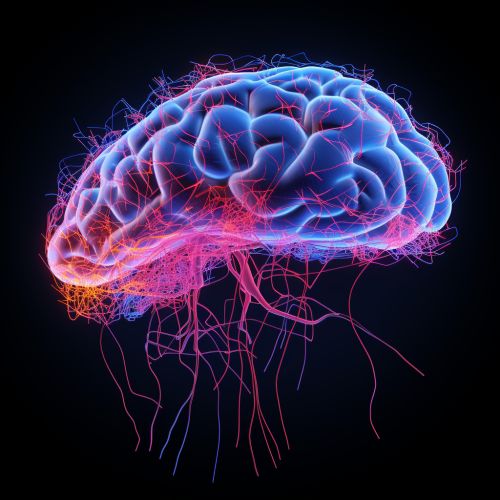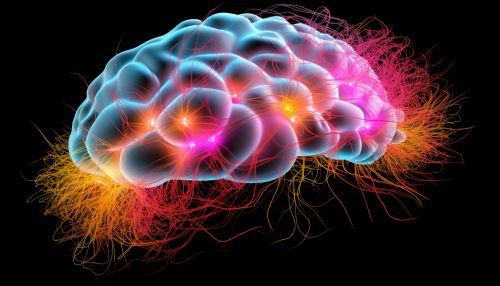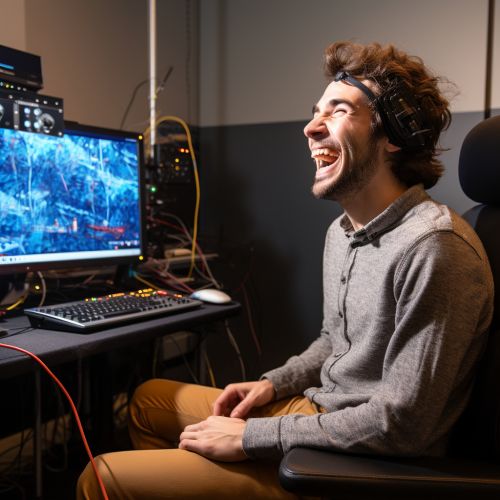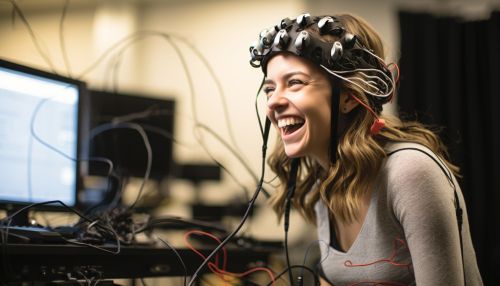Cognitive Mechanisms of Humor Perception
Introduction
Humor perception is a complex cognitive process that involves several mental and neurological functions. It is a subject of interest in various fields such as psychology, neuroscience, and philosophy. This article aims to explore the cognitive mechanisms involved in humor perception, focusing on the psychological and neurological aspects.


Cognitive Processes Involved in Humor Perception
Humor perception involves a series of cognitive processes that work together to create a humorous response. These processes include pattern recognition, incongruity resolution, and emotional response.
Pattern Recognition
Pattern recognition is the first step in humor perception. It involves the identification of familiar patterns or structures in a humorous stimulus, such as a joke or a funny situation. This process is crucial for understanding the context and setting up the expectation for a humorous punchline.
Incongruity Resolution
Incongruity resolution is the cognitive process that occurs when the punchline of a joke or the outcome of a funny situation is unexpected or incongruous with the established pattern. The resolution of this incongruity leads to the perception of humor.
Emotional Response
The emotional response to humor is primarily a feeling of amusement or laughter. This response is associated with the activation of certain brain regions, including the ventromedial prefrontal cortex, which is involved in reward processing, and the amygdala, which is involved in emotional processing.
Neurological Aspects of Humor Perception
The perception of humor is not just a psychological process; it also involves specific areas of the brain. Neuroimaging studies have identified several brain regions that are activated during humor perception.
Ventromedial Prefrontal Cortex
The ventromedial prefrontal cortex is involved in reward processing and decision making. It is activated during the perception of humor, suggesting that humor is perceived as a rewarding stimulus.
Amygdala
The amygdala is involved in emotional processing. It is activated during the perception of humor, indicating that humor perception involves an emotional response.
Other Brain Regions
Other brain regions involved in humor perception include the superior frontal gyrus, which is involved in cognitive processing, and the anterior cingulate cortex, which is involved in conflict resolution and error detection.
Conclusion
Understanding the cognitive mechanisms of humor perception is crucial for various fields, including psychology, neuroscience, and even artificial intelligence. It can help us understand why we find certain things funny, how humor can be used therapeutically, and how to design artificial intelligence systems that can understand and generate humor.
See Also


